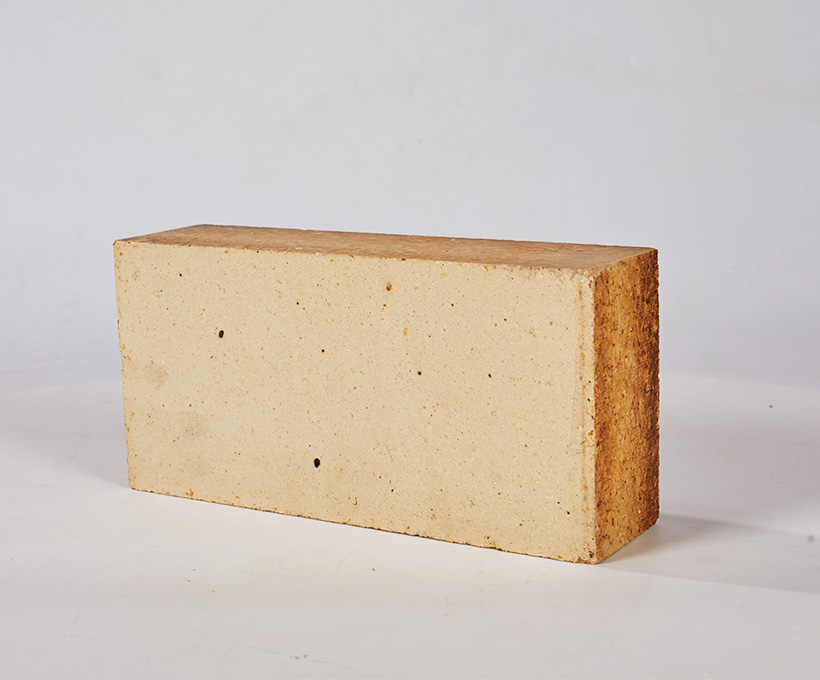Address
No.108 Huaguang Road,Zibo City,Shandong Province,China
Work Hours
Monday to Friday: 9AM - 5PM
Address
No.108 Huaguang Road,Zibo City,Shandong Province,China
Work Hours
Monday to Friday: 9AM - 5PM

High-alumina bricks are widely used in industrial furnaces, kilns, and other high-temperature environments due to their excellent refractory properties, including high thermal stability, strong resistance to chemical corrosion, and good mechanical strength. However, to maximize their performance and lifespan, proper handling and operational practices are essential. Below are key considerations for their effective use in high-temperature applications.
Before exposure to extreme temperatures, high-alumina bricks must be installed correctly to avoid structural weaknesses. Uneven brickwork or improper joint filling can lead to cracks under thermal stress. Use refractory mortar compatible with high-alumina content to ensure strong bonding.
Preheating is critical to remove residual moisture and prevent thermal shock. Gradually raise the temperature at a controlled rate (typically 50–100°C per hour) until reaching the operating temperature. Sudden heating can cause cracking or spalling due to rapid expansion.
While high-alumina bricks can withstand temperatures up to 1700–1800°C, exceeding their maximum service temperature may cause softening or deformation. Always monitor furnace temperatures to avoid localized overheating, which can degrade the bricks prematurely.
Frequent thermal cycling (repeated heating and cooling) can lead to fatigue and micro-cracking. If possible, minimize abrupt temperature changes. For applications requiring intermittent operation, consider using bricks with higher thermal shock resistance or implementing slower cooling procedures.
High-alumina bricks exhibit good resistance to acidic and neutral slags but are less effective against highly alkaline or reducing atmospheres. In environments with alkali metals (e.g., sodium or potassium vapors) or basic slags, chemical reactions can weaken the brick structure over time.
For such conditions, selecting bricks with higher alumina content (e.g., 70–90% Al₂O₃) or additional protective coatings may be necessary. Regular inspections for signs of chemical erosion, such as surface glazing or structural softening, are recommended.
High-alumina bricks have good compressive strength but can be brittle under mechanical impact or excessive load. Avoid dropping or striking the bricks during installation. In furnace designs, ensure proper support to prevent excessive static or dynamic stress, especially in arched or suspended structures.
In rotating kilns or furnaces with vibration, mechanical wear can be a concern. Reinforcing critical areas with high-strength refractory materials or using wear-resistant linings can extend service life.
Regular maintenance is crucial to detect early signs of wear, such as cracks, spalling, or erosion. Minor damage can often be repaired with refractory patching materials, while severe degradation may require partial or complete relining.
Thermal imaging or infrared pyrometers can help identify hot spots indicating brick failure. Keeping detailed records of temperature profiles and wear patterns aids in predicting replacement intervals and optimizing operational practices.
High-alumina bricks are a reliable choice for high-temperature applications, but their performance depends on proper installation, temperature management, chemical resistance, and mechanical care. By following these guidelines, operators can enhance durability, reduce downtime, and improve overall furnace efficiency. For specialized conditions, consulting with refractory experts ensures the selection of the most suitable brick grade and maintenance strategy.